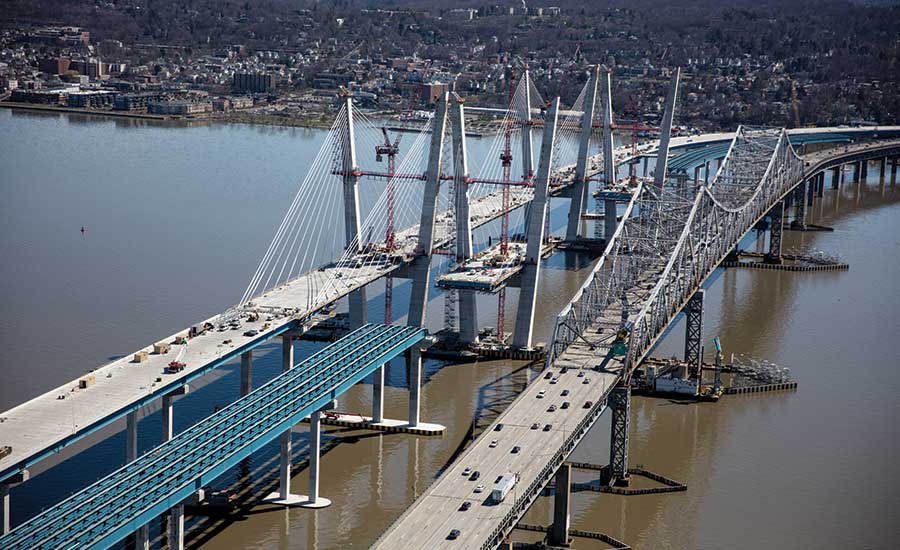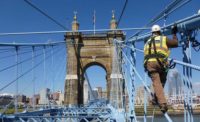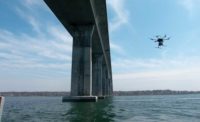The American bridge design and construction industry has turned the corner in embracing tools such as 4D modeling, public-private partnerships and drones. But ongoing funding uncertainties amid the political climate continue to plague bridge stewards as they mark the 10th anniversary of the Interstate 35W bridge collapse.
Tom Everett, associate administrator with the Federal Highway Administration, noted that 2017 also marks the 50th anniversary of the Pt. Pleasant Bridge collapse, in which 46 people died after the failure of an I-bar chain on the West Virginia suspension bridge. While inspection standards have changed in response to various bridge disasters, he asked International Bridge Conference attendees last week, “Are we better off today?”
He noted that truck traffic growth is outpacing that of cars, placing more strain on the nation’s 441 million sq yd of bridge deck. Yet in terms of federal funding of road work, the rate is $123 per vehicle, compared to $162 per vehicle in 1970.
Fellow speaker Leif A. Dormsjo, director of the Washington, D.C., District Dept. of Transportation, noted that the rebuilt Woodrow Wilson Bridge, located right outside the Gaylord Convention Center conference venue, came about because of bipartisan partnerships among Maryland and Virginia legislators. Referencing the ASCE annual report card on infrastructure, he said, “The report card is not enough. People don’t get what it takes to deliver complex projects. The story needs to be told.”
Everett concurred, suggesting that engineer-speak should be translated into layman’s terms. “We have to start thinking in terms of plain English,” he said.
“Instead of ‘functionally obsolete,’ I say, ‘The lanes are too narrow.’ ” He also emphasized the advent of disruptive technologies. “Engineers are like turtles in the road, and the [automated vehicles] are coming at us,” he said.
So are the unmanned aerial vehicles. A four-hour session was dedicated to UAVs, including demonstration bridge inspections in Connecticut and Rhode Island. A comparison with an inspection of suspender ropes using engineer-climbers suggests 50% in savings as well as less safety risk, said Matthew Sullivan, project engineer with WSP. The data is good enough to inform design drawings and bid documents, he noted. However, UAVs are susceptible to wind and waves, and the GPS can be obstructed by the concrete and steel bridge components.
The high-tech emphasis also informed a presentation on the New NY Bridge, which will have 400 sensors to provide real-time data to check design assumptions, said Michael Whalen, project manager with HDR Inc. The new cable-stayed bridge on the Hudson will also have 30-ft x 8-ft Intelligent Transportation System signs and 20 gantries that can automatically open or close lanes.
Further, the new bridge will have two electrical rooms, each providing 2.5 MW and 13,200 volts of power to power all the cameras, lighting and intelligent signage, added Whalen.





Post a comment to this article
Report Abusive Comment